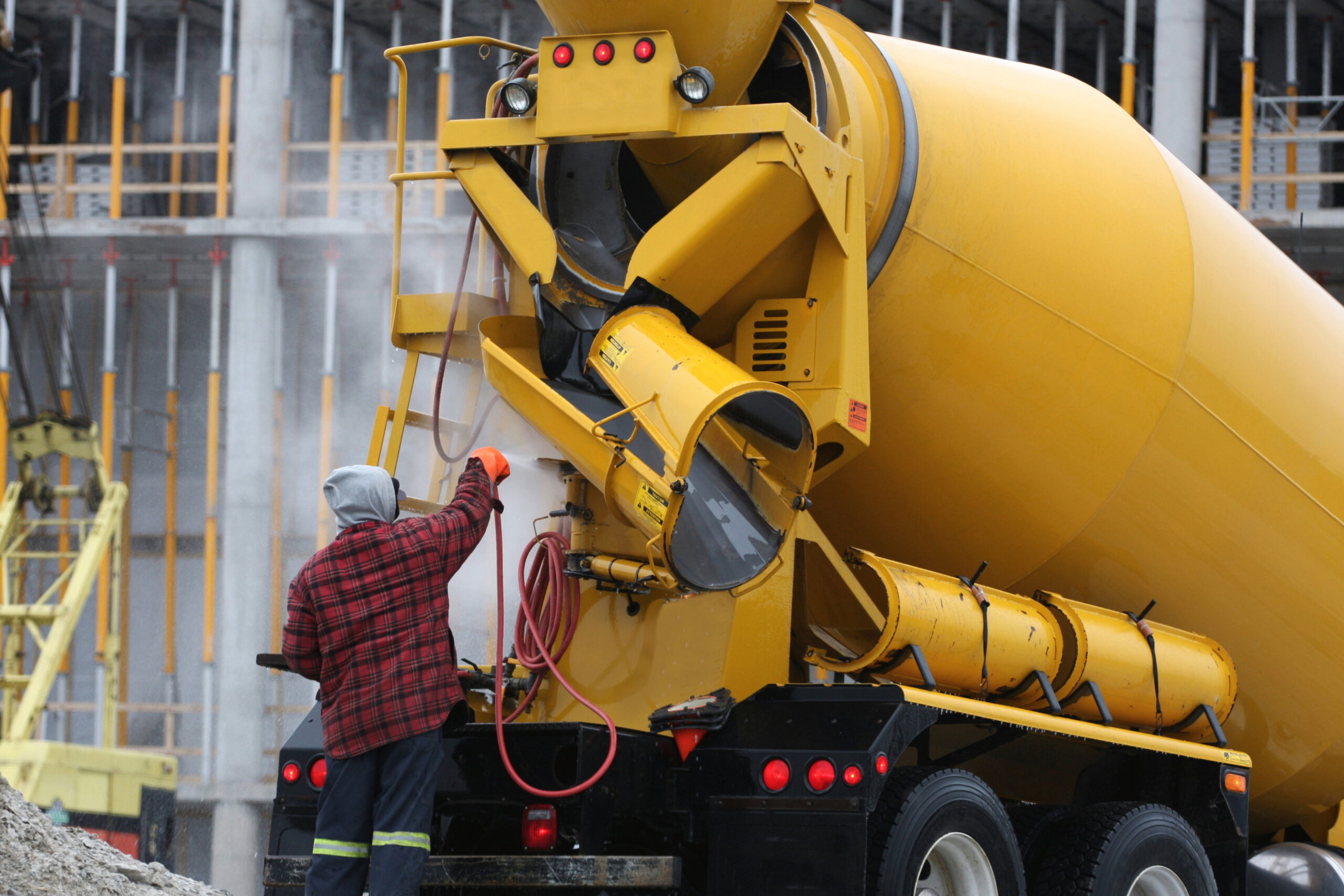How Construction Companies Can Keep up with Safety Standards
There should be more regulations for the construction industry than other industries. It has more hazards, more training topics, and more potential problems. There are general industry standards that apply, plus all the construction standards. For instance, if you’re building an auto body shop, you have to follow the standards for the auto body industry, along with all electrical, plumbing, drywall, excavation, and other applicable construction standards.
In other words, construction “safety” is a broad, deep, and complicated topic. Because there are so many standards and regulations, you could make the argument that it’s more likely you’ll violate at least some of them. The issue, though, is that while construction workers make up 6% of the U.S. workforce, construction-specific violations make up 60% of the top five violations most cited by OSHA. They’re not esoteric topics, either; they’re everyday topics: fall protection, scaffolding, and ladders. The industry can do better.
Here’s another issue: Paper documents and old tech aren’t cutting it anymore when it comes to inspections. “Ultimately, spreadsheets can no longer keep up and support the speed and accuracy companies need” when it comes to managing their environment, health, and safety (EHS) programs, according to the “High EHS Performance Requires Strong Leadership & Technology Investment” study published by KPA in EHS Today. The study shows that companies that rely on EHS software have lower rates of absenteeism, injuries, and safety violations than companies that rely on older or very little technology. For example, if you record all accidents and near-miss accidents in EHS software, you have real-time statistics and a better chance of quickly figuring out the root cause of those incidents and how to prevent them.
The Cost for Construction Companies When Violating Safety Standards
The consequences vary for construction companies depending on who promulgates the rule and how they enforce it. There could be no consequence for a violation, you could have to pay a fine, or there could even be a criminal prosecution.
Now let’s talk specifically about OSHA for a minute.
Some construction industry supervisors haven’t seen an OSHA inspector at a worksite in the 20 years they’ve been on the job. So the threat of OSHA audits or citations may not seem real (though the threat of employee injury and loss of life clearly is). But as a financial manager, it’s your responsibility to consider the potential consequences of flouting the law—monetary penalties, the time it takes to participate in the investigation, and possibly going out of business if the consequences are severe enough.
Take, for example, the case of Purvis Home Improvement Co. Inc. In 2019, OSHA fined the owner of the company almost $1.8 million for willfully and repeatedly failing to ensure that his employees used fall protection. Cited safety violations also included exposing his employees to electrocution and eye hazards. His carelessness resulted in the death of an employee at the end of 2018—from a fall. Purvis was also found guilty of manslaughter and workplace manslaughter in a related criminal lawsuit.
How Construction Companies Can Keep Up
At a minimum, here’s what to do:
Assign a safety monitor to each job—one that has a well-rounded knowledge of general industry standards and construction standards and meets the OSHA definition of a competent person. That means you should compensate them in accordance with their more extensive knowledge and experience. If you can’t find such a person, train and promote from within.
Move to all-online training for your safety inspectors. Your inspectors will be more knowledgeable in a shorter amount of time as compared with traditional face-to-face training. There is a plethora of excellent online training already available at a reasonable cost.
Some best practices to consider are:
Take advantage of OSHA incentive programs, such as the Cal/OSHA Golden Gate Partnership Program. That program gives awards to employers who demonstrate that they are committed to continuously improving the effectiveness of their safety and health management systems. Partnership programs have many benefits, such as recognition as a leader in the community and increased referrals.
Step up your technology game. Use apps, software, tablets, phones, and other available technology to manage your safety program. Digitize inspections, incidents and accidents, and preventive and corrective actions. It makes the data more consistent, more organized, and readily available to multiple parties on multiple devices. Use tablets to train employees while they’re in the field. It makes training highly accessible, more applicable to the hazards they face on that jobsite, and cheaper because you’re not paying them to drive into the office or sit at home.
KPA EHS Helps Construction Companies Keep Up with Safety Standards
KPA has the tools and resources to ensure that your worksite is a safe environment for all involved. Manage your safety program in an all-in-one system designed to engage your employees, instill a culture of safety, and enable regulatory compliance. Contact us today, and we can show you how.

